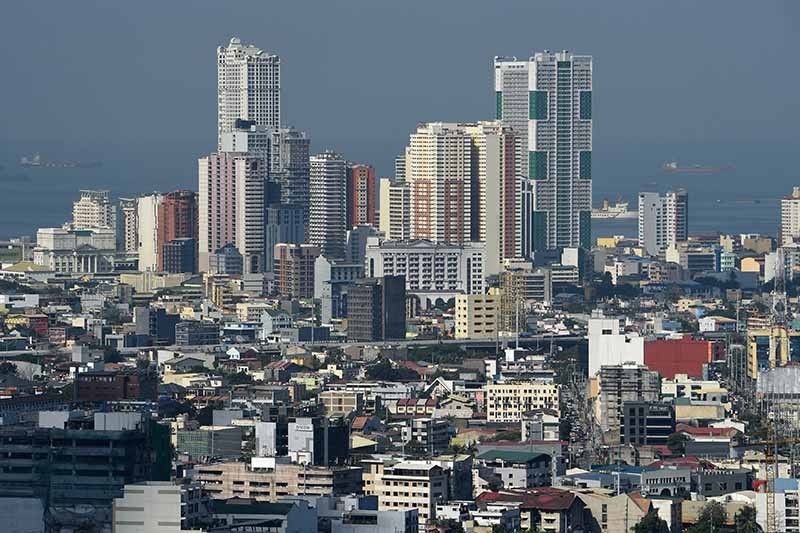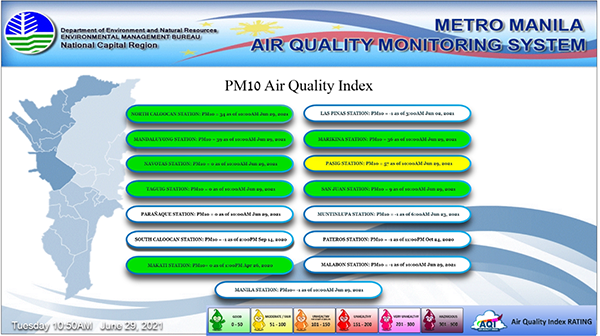Phivolcs: People, not Taal, source of haze over Metro Manila

MANILA, Philippines — The haze seen over Metro Manila is from pollution caused by human activities and not because of emissions from Taal Volcano, the Philippine Institute of Volcanology and Seismology said Tuesday in response to public concerns about volcanic smog, or 'vog'.
Phivolcs on Monday warned people living near Taal Volcano to take precautions against volcanic smog formed because of atmospheric conditions and sulfur dioxide emissions from the volcano, where Alert Level 2 remains raised.
But that doesn't mean air in Metro Manila is safe, with Switzerland-based IQAir reporting on its website that Manila has an "Unhealthy" Air Quality Index score of 153.
"PM2.5 concentration in Manila air is currently six times above WHO exposure recommendation," the company, which sells air purification systems, said.
PM2.5, or particulate matter of 2.5 microns or less in diameter, is the most dangerous kind of airborne pollution. According to the World Health Organization, PM2.5 dusts are small enough to enter the bloodstream via the respiratory system and travel throughout the body, causing asthma, heart disease and lung cancer.
IQAir recommends wearing a mask outdoors, closing windows to keep dirty outdoor air out and running an air purifier. Outdoor exercise is discouraged.
The Environmental Management Bureau, which measures PM10, recorded generally "Good" air quality in the National Capital Region except at the Pasig Station, which recorded PM10 at 70, or "Moderate/Fair".

Precautions against sulfur dioxide
Despite the clarification, Phivolcs still warned against the effects of sulfure dioxide, which it said could affect sensitive groups like people with heart and respiratory problems, the elderly, children and pregnant women.
It said people at risk of exposure to sulfur dioxide should wear N95 face masks or gas masks and drink plenty of water to help alleviate irritation and difficulty in breathing.
They should also stay away from the source of volcanic gas and stay indoors with the windows closed to minimize exposure. — Jonathan de Santos
- Latest
- Trending






























